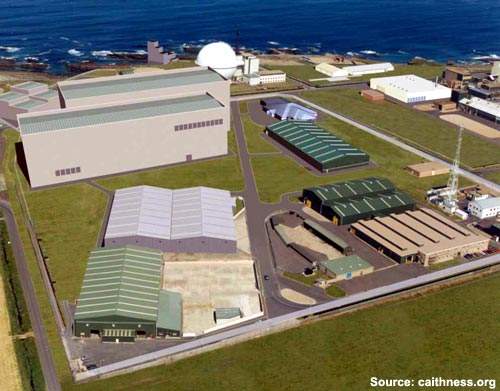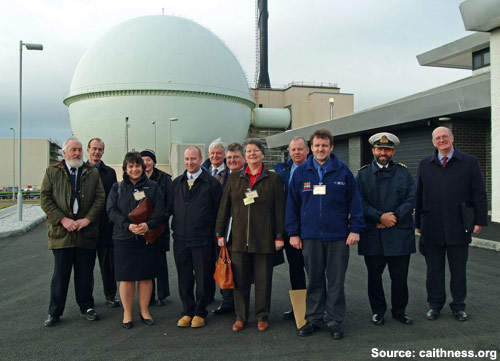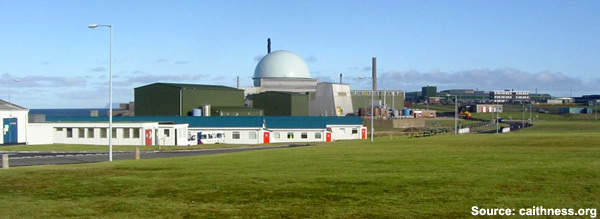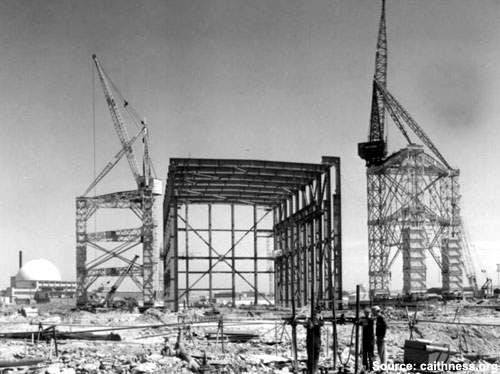All of the nuclear reactors at Dounreay at Caithness, Scotland, were closed and the plant was decommissioned. The Nuclear Decommissioning Authority (NDA) took ownership in April 2005, with the United Kingdom Atomic Energy Authority (UKAEA) still in charge of operations. The rest of the decommissioning will cost around $3bn to take Dounreay to a brownfield site by 2033.
The timescale for the decommissioning of the Dounreay nuclear plant will be lengthy, and has been viewed as an opportunity to consolidate the region’s industrial base and provide job stability in the area.
The project is seen as an opportunity to develop a highly-skilled industry which will then be capable of tackling the growing nuclear decommissioning and decontamination (D&D) market which is set to grow across the world.
Overall, the cost of the decommissioning work, along with waste management, is currently running at between £90m-£110m each year. By the time it is completed, it has been estimated that the total amount spent will have reached £4.5bn.
Dounreay fast reactors
The Dounreay site was opened in 1955 to develop fast reactors. Three reactors were built on the site, the Dounreay Fast Reactor (DFR), Prototype Fast Reactor (PFR) and the Dounreay Materials Test Reactor (DMTR). All three are now closed.
The core programme of work on the site now comprises the decommissioning of the PFR and DFR and the reprocessing of the PFR fuel. The site is 135 acres and approximately 1,200 people work at Dounreay.
Managing decommissioning
Dounreay’s nuclear waste management was generally poor. The UKAEA admitted in court in 2007 that it had for 12 years until 1975 disposed of radioactive waste at a landfill site in the plant, and allowed nuclear fuel particles to flow into the sea.
The Dounreay strategy for managing decommissioning of the PFR requires the installation of a new, shielded dissolver in the Dounreay Fast Reactor Reprocessing Plant, for a limited campaign to reprocess only the irradiated PFR and suitable committed commercial fuels.
Reprocessing at Dounreay
Unirradiated PFR core fuel and residues are also to be reprocessed at Dounreay. Two options are available: processing could take place through the existing residue recovery plant. Alternatively, the unirradiated fuel could be treated after the irradiated fuel in the new dissolver. The choice between these two options will depend on the balance of costs between necessary upgrades to the residue recovery plant, and operational and technical constraints in routing both irradiated and unirradiated fuel through the same, new dissolver.
Reprocessing separates plutonium and uranium (as nitrates), and produces small quantities of liquid high-level waste (HLW). Under the Dounreay strategy, the natural and depleted uranium separated from both irradiated and unirradiated PFR fuel would be processed through Dounreay’s uranium conversion plant and stored for re-use or eventual disposal. The HLW would be added to Dounreay’s existing HLW storage tanks, for eventual vitrification to make it suitable for disposal in a national HLW repository or for indefinite surface storage.
The plutonium nitrate would be converted to plutonium oxide – the standard form of plutonium for storage in the UK – in a new denitration plant at Dounreay. The plutonium oxide would then be transported to Sellafield for long-term storage by BNFL on behalf of UKAEA. The plutonium would remain in UKAEA ownership, and decisions on its ultimate disposition would be for UKAEA.
However, it is likely that such decisions could follow the same route as the larger stocks of plutonium owned by BNFL.







